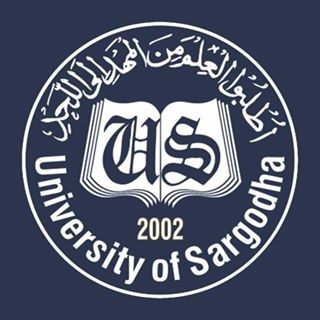Evaluation of oat (Avena sativa L.) accessions for fodder yield and quality under drought stress
Author(s) : Asma Shaheen, Amir Bibi, Muhammad Awais, Nisar Ahmad, Farwa Shoaib, Zainab Shahbaz, Bilquees Fatima, Imtiaz Akram Khan Niazi
Digital object identifier:
https://doi.org/10.52587/JAF050202Abstract:
Oat is being cultivated as cereal and multi-cut forage crop in temperate and subtropical regions of the world. However, elite germplasm of oats was found susceptible to abiotic stresses including drought stress. Therefore, 15 oat accessions were evaluated for various traits using completely randomized factorial design under four irrigation levels, with depreciation of one irrigation at each level. Field was irrigated at 21, 33, 45, 57 and 70 days after sowing (DAS) under control condition (T1), while 2nd level received four irrigations at 21, 33, 45 and 70 DAS (T2), third level received three irrigation at 21, 35 and 57 DAS (T3) and fourth level received two irrigations at 21 and 35 DAS (T4). Data was recorded after 70 days of sowing for different physiological, growth and quality parameters. Significant variation (P ≤ 0.05) was detected among all accessions in response to various irrigational levels. There was continuous decrease in the studies due to depreciation of irrigation at each level. Control treatment had the highest growth and quality parameters. Shoot fresh biomass was decreased by decreased by 57% (T2), 60% (T3) and 69% (T4). Moreover, traits such as leaf area, number of tillers plant-1, and root biomass was also decreased by 38%, 55% and 85% respectively due to T4 treatment. Traits such as protein contents and neutral detergent fiber were not affected by water stress treatment. Three accessions such as G7, G9, and G11 were discriminated as drought-tolerant and three genotypes namely G4, G8, and G14 were drought-susceptible accessions. Identified accessions may be cultivated in drought prone areas or may be used as parents for development segregating populations.Keywords: Irrigation levels, seedling, traits, economical traits, QTLs
